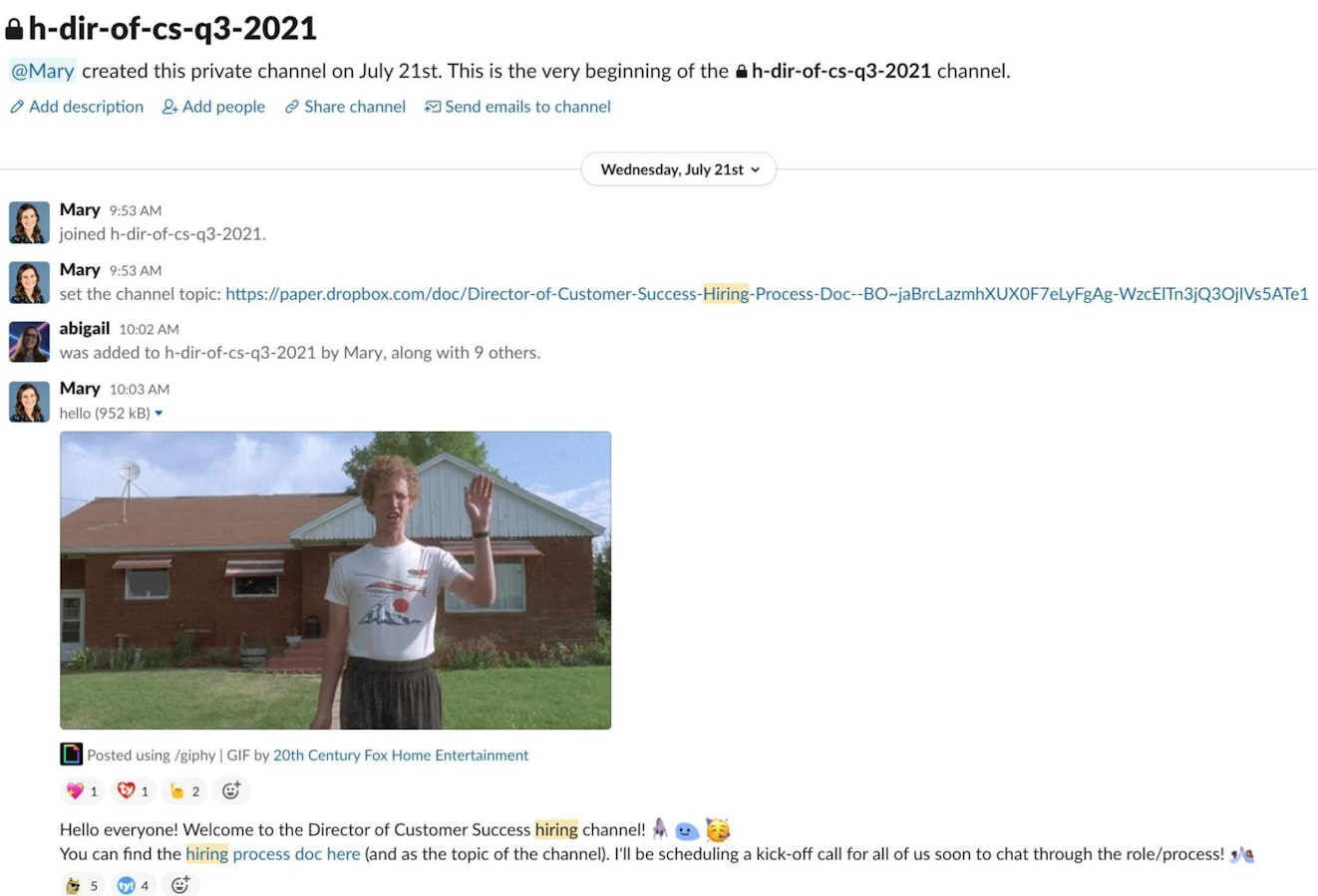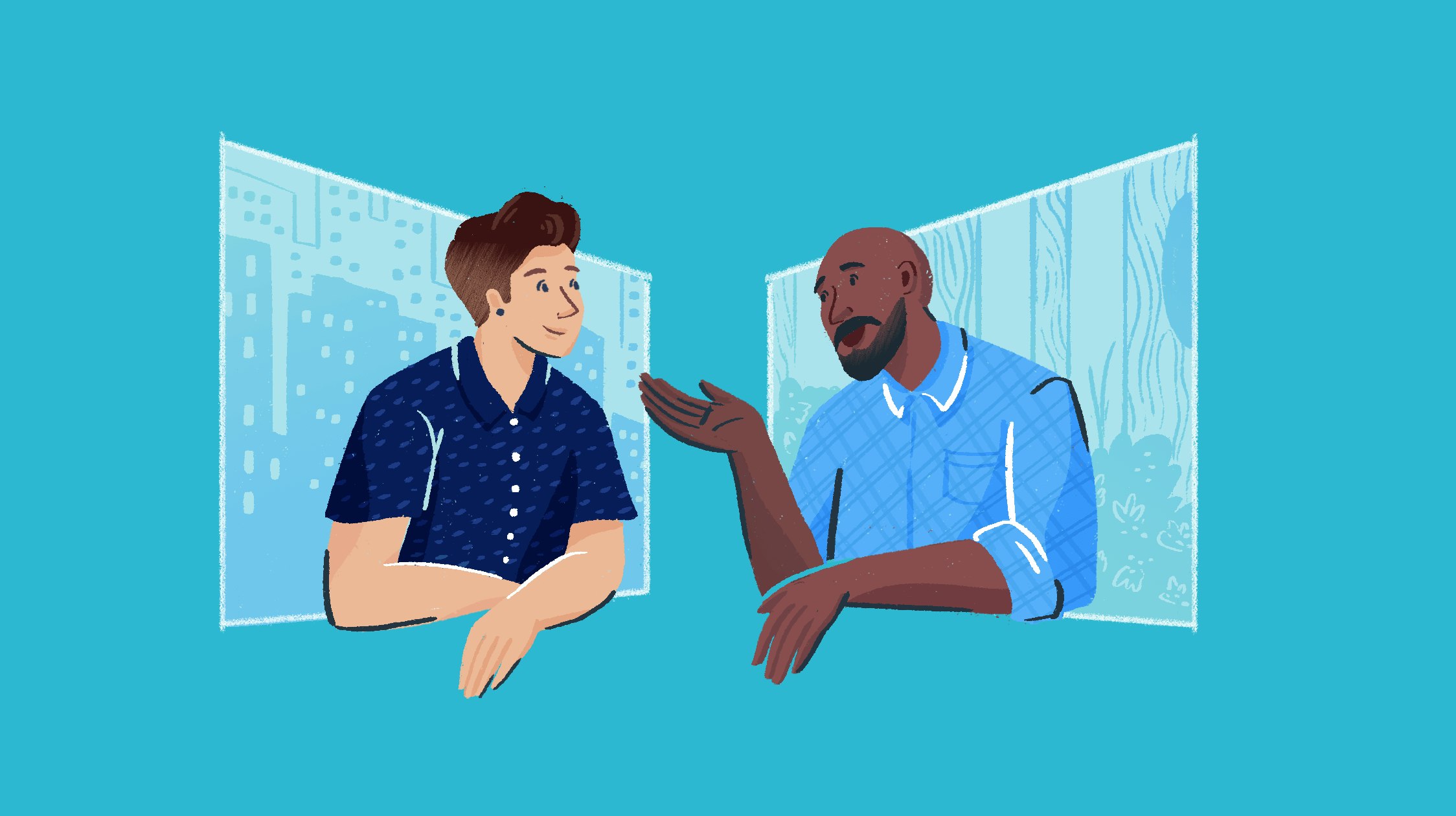While the opportunity to hire the best people anywhere in the world is incredible, hiring for a remote team does have its unique challenges.
Help Scout has been a fully remote company for over 10 years now — with 160 people across 75 cities around the world — so our hiring process has to be aligned with our remote culture. That means:
Optimizing interviews for people in different time zones.
Creating a process that allows us to get to know candidates without ever meeting face to face.
Determining whether candidates have the skills to succeed in a remote company.
And with more companies than ever competing to hire from the same pool of highly skilled talent, it’s important to ensure your company’s hiring process is delightful, engaging, and worth the time-consuming journey for everyone involved.
We've learned a lot about hiring remotely and have incorporated these learnings into a multi-step hiring process, detailed below.
1. Determine what you're looking for
Before you go off to the races looking for your next hire, it’s critical to make sure the hiring team is aligned on exactly what it is you’re looking for. When roles aren’t clearly defined or include way too many areas of ownership, you’ll soon find that your dream candidate doesn’t exist.
Make sure you’re clear about why you need to hire this role now, what the responsibilities are, and what success looks like. Below are the steps we follow to create clarity and get alignment internally before posting a new role.
Write the job description
Write a job description that would entice you into applying! This is your chance to really sell the opportunity and get someone excited about your role and your company.
It’s great to include what kind of impact this person will be able to make, a description of the role, and some details on the ideal candidate profile.
At Help Scout, our job descriptions all follow this format:
Impact/intro
About the role
About you
Who you’ll work with
Benefits
About us
If you want to see some examples of our job descriptions, check out the open roles on our careers page.
Form a hiring team
When it’s time to add a new scout to the team, we form a hiring team to get the job done. Hiring teams at Help Scout always consist of the recruiter, a hiring manager for the new role, 2-3 other people from that team, and someone from another team who will work closely with the new hire.
Since it takes time and effort to hire, we change up the teams depending on who is available, who has experience hiring, and who is excited to be involved.
We also have in-house interviewer training that everyone must go through before they interview candidates — we want our team to be crystal clear about how to give a great interview, how to listen for solid answers, how to minimize unconscious bias, and how to write useful feedback.
Create a dedicated Slack channel for the hire
Once the team is set, we create a Slack channel to discuss all things related to the hire. From sharing the job description to candidate updates, the Slack channel keeps everyone in the loop.

Get organized
To help the hiring team stay on the same page, our talent team created a “hiring process doc” template we keep in Dropbox Paper and use each time we open a new role.
The recruiter maintains this doc in collaboration with the hiring manager, and it includes everything from a checklist of to-do’s to a section called “Goals & Expectations,” where hiring managers answer several key questions like:
Why are we hiring this role?
What are the essential skills and experiences we want this person to have?
How will success in this role be measured?
What will they own?
We also use this doc to map out what the hiring process will look like at each stage. Here’s a recent example from our Marketing Ops role:

Create the hiring project
For just about every role at Help Scout, we ask candidates to complete a short project in order to better assess skills and collaboration style.
We’ve found that as a remote team, having a project gives us important data that helps us reduce risk and make great hires. And we pay everyone who completes a project as a token of our gratitude for their time and effort.
Hiring managers are responsible for creating the project in collaboration with the hiring team, and we aim for all projects to be relevant to what candidates would do day to day in the role.
It’s imperative to give clear expectations and instructions, call out any deliverables, and be very mindful of time commitment. We ask candidates to spend no more than 6 hours on any given project, as we understand that people are busy and have lives outside of work!
The project itself runs the gamut depending on the role — some might be presentations, others might be role playing or demos:
Engineering projects are all take-home coding exercises that are similar in language and project setup to what they might be working on on a daily basis. We always have other engineers review these projects and remove candidate information in order to reduce bias.
Our technical support specialist candidates are asked to give a live demo of the product over Zoom and then spend some time in our Help Scout queue responding to realistic customer questions.
Prep interview questions
We are firm believers in structured interviewing where we use the same set of questions at each stage so that the process is consistent for each candidate.
To ensure this, the hiring team collaborates on the questions they plan to ask well in advance of scheduling any interviews. We have a bank of questions to ask at this point, but we always update and add new ones along the way.
We also make sure we’re asking behavioral style interview questions, or questions that allow candidates to draw on previous experiences in order to determine their potential for success in this role.
We also recently created a public GitHub repository of all of the possible questions we ask for our engineering roles so we can be transparent with candidates about what to expect.
Hold a kick-off meeting
Once we have most of our ducks in a row, our recruiter will schedule a Zoom call to make things official and get synced with the team. At the hiring kick-off, we’ll make sure to address the following questions:
What skills and traits are we hoping for in this hire?
Is the job description finalized?
Are we in agreement about the process for this hire?
Do we have a take-home project updated or finalized for this role?
Once we have answers to each of those questions, we’re ready to hit the ground running.
2. Publish and promote the job
Once your team is aligned on the role and the process, you're ready to publish and promote! There are numerous job boards out there, so it’s important to understand your market and where candidates you’re interested in hang out.
Some job boards we often use are weworkremotely, remote.io, People First Jobs, and Power to Fly. But we’ve found some of the best promotion comes from our own teammates using LinkedIn and Twitter to advertise and share our open roles, so encourage your team to help out!
3. Source candidates
Now at 10 years old, we’re grateful we attract numerous qualified candidates each time we open a new role. However, we’ve also learned that some of the best hires are candidates who weren’t even looking for their next role until we contacted them.
We’ve also learned that when we open certain roles, like engineering positions, and rely solely on active candidates, the pipeline lacks diversity across gender and race. We’ve shared our diversity and inclusion strategies and have had greater success when we focus primarily on recruiting top talent from underrepresented groups.
4. Determine which candidates are a good addition
Our recruiters are responsible for checking the applicant queues regularly and making sure a human reviews every single application.
Everyone who applies to a role at Help Scout will receive notification of some kind — no ghosting candidates here!
Our recruiters go through the applied queue and know what to look for thanks to the work the hiring team did at the beginning of the process.
Recruiters scan resumes, but more importantly, they read the short answer questions we ask on every open role, and they flag candidates who have strong writing skills and express values that align with our culture and company.
5. Start interviewing
Candidates who seem to be aligned in skills/experience and values move into our interview process. We have a detailed map of our hiring process on our careers page, so there are no secrets to what one might expect.

However, there are a few roles where the order of the steps might change because it makes more sense; for example, design and product manager roles begin with a “project” where they demo something from their portfolio in the first step.
Value add interview
The first step in our process is a 45-minute video chat with the hiring manager. Yes, you read that right! We think the best first impression for a candidate to make is with their potential manager. The main goal of these conversations is to see if the candidate would be a great value add to our team.
While it’s critical that candidates support our company values and embody a few key traits, we don’t aim to hire people that look, talk, and think just like us. Instead we ask: What does this person bring to the table that we don’t already have?
This first chat gives us the chance to learn more about a candidate’s background and experience while giving space for the candidate to convey their excitement about the role and their feelings for Help Scout.
The first chat also shines a light on whether the candidate reflects our values (helpfulness, excellence, and ownership) and would be excited to join a team of empathetic, customer-focused people.
Technical interview
If things are aligned in the value add chat, candidates move on to a more technical conversation with two current members of that team, where they dig into juicier questions about how candidates problem-solve and what tools are in their toolkit.
We used to only have one interviewer at this stage, but we decided that a two-on-one gives us even more data to make good hiring decisions, instead of resting all of that power on one person. It’s also a great way for candidates to meet more of their potential teammates!
Our technical chats never include coding challenges or white-boarding — instead, we ask example-based questions that give candidates a chance to demonstrate their knowledge and experience:
For an engineering role, this might look like detailed questions about a candidate’s programming experience or a discussion about challenges they faced in previous roles.
For our technical support specialist hires, our support team might ask about a time the candidate had to deal with a difficult customer and see how far they’re willing to go to find answers when they don’t know something.
Logistics chat
When a candidate gets a green light after the first two chats, the next step is a brief logistics chat with the recruiter to check in about salary expectations, timeline, and the benefits that come with working at Help Scout.
Additionally, we use this chat as an opportunity to go a little deeper on values alignment and to see if they’re excited about contributing to our culture.
This is the right moment to have this conversation because the next step involves more energy from our candidates, and we want to be on the same page before asking for more of their time.
It’s good to be aligned on salary early so that if we get to the final stage with someone, we can make an offer they’ll be excited about and more likely to accept. We’ve also started sharing the salary range for our roles on the job description so candidates know what to expect before they even interview.
Project
If things are still looking strong at this point, the next step is a relevant project that gives candidates a chance to showcase their skills.
We create project scorecards that assess multiple facets of the project and ultimately give a final score for each candidate. Every candidate who turns in a project receives written feedback on their submission.
While the project is certainly an important piece of the process, it is not the sole determining factor for moving to hire. The hiring team considers the project score combined with feedback from earlier stages to decide who moves on to the final stage.
Final interview
The final interview is the last step candidates experience before we ask for references and make an offer. This interview could be with someone from the leadership team or a player from another team who will collaborate heavily with this role.
This is also a great opportunity to see how the candidate responds to feedback and gives us some insight into how it might be to work with that person.
No matter the role, if a candidate has made it to this stage, we’re feeling pretty confident about them and use this chat to address any remaining questions.
6. Reference check
As we move candidates to the final interview, we also ask them for three references, and we ask that two be previous managers. This is a guideline, not a rule.
Sometimes a person leaves a job because they had a bad experience with a manager or a team (sometimes it’s just a strong difference of opinion; other times an employee may have been a victim in a hostile work environment).
There’s a lot of debate these days about whether references matter, since they’re often people who are picked by the candidate to say nice things about them. We approach the reference call more as a way to get coaching on how to help the new hire be successful at Help Scout.
Here’s a list of sample questions that we often ask on these calls:
What was your day-to-day professional relationship?
What are this person’s greatest strengths?
What are their opportunities for improvement?
Would you hire this person again and why?
What advice would you have for me as this person’s future manager?
The big piece of advice here is speak to references on the phone or over Zoom! There’s so much important context you miss if you only ask references to answer your questions via email.
7. Make the decision and the offer
If we’re asking a candidate for references, that means they’ve done really well in our process and the hiring team is excited about the chance to work with them. Once the final interview happens and references check out, the hiring manager gets the OK to make the verbal offer to the candidate.
Sometimes we have two candidates that reach the final stage. After those interviews, the hiring team will huddle up and discuss all the feedback on the candidates and come together to make a decision about who to hire.
If both candidates are excellent, sometimes we see if there’s a possibility to hire both! And if not, we keep the other candidate warm in case there’s an opportunity down the road.
Make the offer
The offer stage feels like the last mile in a marathon. All the hard work is about to pay off, but we’re not quite ready to pop champagne bottles. At Help Scout, we love to make offers over video chat whenever possible, so the hiring manager will email the finalist and ask if they have a few moments to connect for some good news.
Once that meeting happens, the official offer letter goes out as well as an email summary of the offer and benefits that come with working at Help Scout. Then we wait for the e-signature… and we finally celebrate a great new hire!
Publish a hiring summary
Since we love leaning into transparency, after each hire, the recruiter compiles a hiring summary that gets shared with the entire company.
We do this because it’s great to share context with the team and bring everyone along on the journey, plus it helps keep the hiring team accountable knowing they will have to report on the hire after the process is done.
Our hiring summaries include some data, like time to fill and time to hire for the role, as well as a brief snapshot of data around the funnel — how many candidates made it to each stage, what percent of women and BIPOC candidates entered the process, and what percent of women and BIPOC candidates made it to project stage.
We also include some bullets on why we hired the candidate that we did and include any learnings the hiring team had along the way. Big hat tip to one of our Engineering Managers, Anjuan, who helped generate the idea to start these!
Onboarding
Once the (electronic) ink is dry, we start preparing for the new hire’s first day at Help Scout! We get right to work with some of the behind-the-scenes action items like getting laptops ordered, setting up tools and access, and planning first day logistics. We use Asana to keep ourselves on track.
Since we’re a fully remote company, it’s important to us that our newest colleagues have access to all the information they’ll need to get started.
We achieve this using a combination of collaboration tools, onboarding sessions with people ops and our executive team, and by assigning everyone a work best friend — an “onboarding buddy” who helps the new hire navigate their new environment and answer any questions they have along the way.
We use Slab as our internal wiki, so new hires start by using it to complete their new hire checklists and review our employee handbook, which we affectionately call “The Guide to the Galaxy.”
During each new hire’s first week, they meet with members of the people team for onboarding sessions like Welcome to Help Scout, Benefits & Payroll, Career Development, DEI at Help Scout, and Remote Team Connectedness.
Then, throughout their first month, we help new hires build connections with their teammates while giving them a high-level understanding of the Help Scout story. To do this, we set them up with fika chats and several presentations from our executive team to understand the overall Help Scout mission.
Tools and resources for hiring remotely
Our remote hiring process runs smoothly thanks to a few essential tools.
Ashby
We couldn’t run our remote hiring process without a hiring applicant tracking system. We use Ashby to give our candidates a great experience while increasing our efficiency and collaboration on the back end.
Zoom
We also couldn’t imagine hiring remotely without the video conferencing tool Zoom!
Pitch
In a sea of basic job descriptions, we try to stand out by also creating a vibrant Pitch deck to showcase our roles and give them that extra special something. Pitch is a collaborative, easy-to-use presentation software that allows us to highlight the Help Scout brand and culture in ways a flat job description could never do.
We love sharing the Pitch deck on social platforms or in recruiting outreach, and candidates find them engaging and unique.
Worldtimebuddy
Since we’re often arranging interviews for candidates across the world, we would easily be crying into our keyboards without worldtimebuddy to help us get a handle on time zones.

This simple, free tool lets you plug in the cities where people live and then see the time overlap, helping to quickly find the right time for everyone’s schedules.
Candidate-first hiring
At Help Scout, we are always talking about ways to put our customers first. When it comes to hiring, our candidates are our customers, and we aim to carry that same mantra along the way.
Talented candidates — especially those who wish to work remotely — often have multiple companies vying for their attention, so ensuring you have a human, empathetic, and inclusive process can often be the differentiating factor that will say more about your company’s values than your career page ever could.










